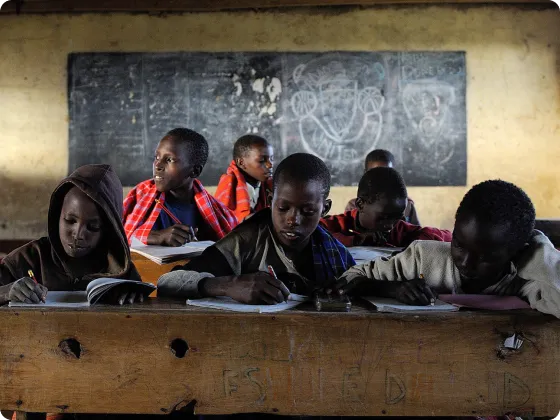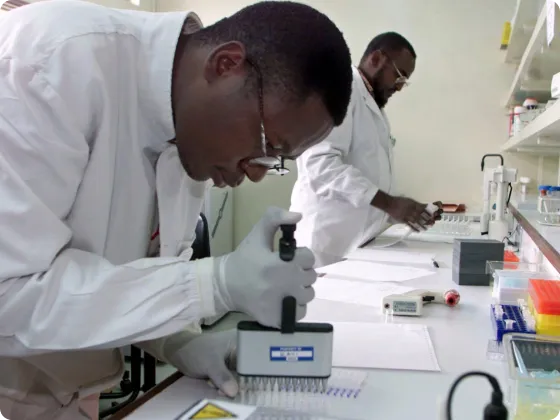GUINEA
ABOUT GUINEA

After decades of authoritarian rule since its independence in 1958, the modern-day Republic of Guinea was born in 2010 when popular elections were held and a fledgling democracy was established. Guinea has a growing population of 13 million people, with over 60% who are 24 years and younger). Poverty remains stubbornly high at over 50%, with higher incidence in rural areas.
WHY GUINEA
The national government spends 2.2% of GDP on education, the lowest rate in West Africa. Many families cannot afford public school fees, and attrition counts for 40% of the primary schools’ enrollments by the end of each cohort’s 6th grade.
Guinea lacks professional staffing and modern medical equipment outside of dense areas like the capital city of Conakry. This has resulted in the increase non-registered and unregulated medical centers and clinics, increasing the risk of dangerous services and toxic medicines.

WHY LABE

There are significant unmet needs in the education, healthcare, and training sectors of Labé, a city of 165,000 (with a prefectoral population of 370,000).
These include 14,000 school children who drop out in each primary age cohort, and 25,000 citizens (in the city alone) living in “multi- dimensional” poverty.
Labé is underserved by professional healthcare personnel (MDs) and is lacking in modern diagnostic medical equipment (laboratory and imagery).
ABOUT GUINEA

After decades of authoritarian rule since its independence in 1958, the modern-day Republic of Guinea was born in 2010 when popular elections were held and a fledgling democracy was established. Guinea has a growing population of 13 million people, with over 60% who are 24 years and younger). Poverty remains stubbornly high at over 50%, with higher incidence in rural areas.
WHY GUINEA

The national government spends 2.2% of GDP on education, the lowest rate in West Africa. Many families cannot afford public school fees, and attrition counts for 40% of the primary schools’ enrollments by the end of each cohort’s 6th grade.
Guinea lacks professional staffing and modern medical equipment outside of dense areas like the capital city of Conakry. This has resulted in the increase non-registered and unregulated medical centers and clinics, increasing the risk of dangerous services and toxic medicines.
WHY LABE

There are significant unmet needs in the education, healthcare, and training sectors of Labé, a city of 165,000 (with a prefectoral population of 370,000).
These include 14,000 school children who drop out in each primary age cohort, and 25,000 citizens (in the city alone) living in “multi- dimensional” poverty.
Labé is underserved by professional healthcare personnel (MDs) and is lacking in modern diagnostic medical equipment (laboratory and imagery).
